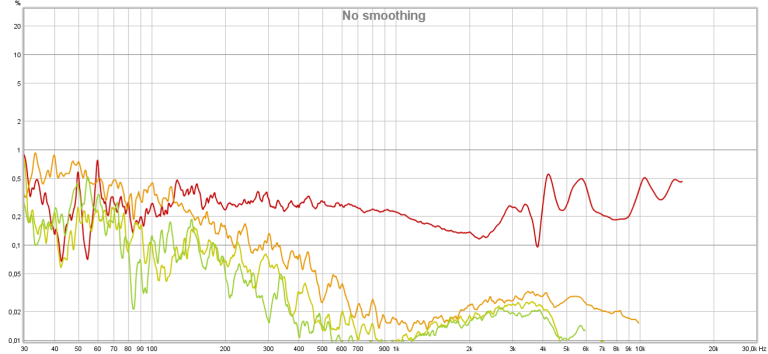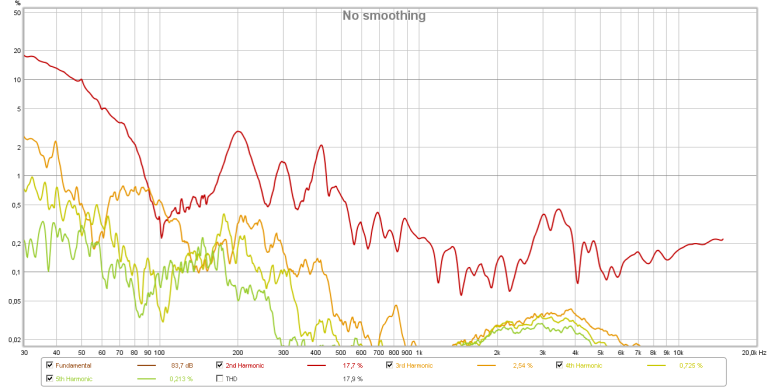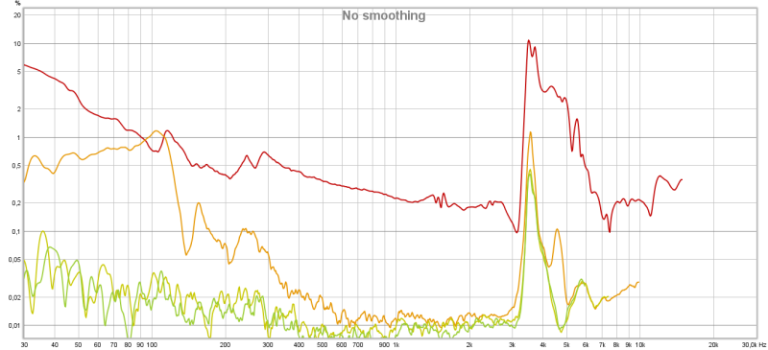If Left is above target at frequency X but Right is below target by the same degree, what to do with EQ?I did indeed smooth that to 1/12 octave I think to make it easier to figure out what to EQ and what to not. I don't do any averaging of the two channels. I am not happy with averaging as a filtering tool. If you average two channels, it is not representative of either! There is a primary channel I use to calibrate so that is what I use there.
In terms of the preference rating, you will get different results based on what channel to use. Then I guess one could either average the response before hand, or average the scores.



